For years the internet has complained about the film bro.
“My boyfriend made me watch Pulp Fiction.” “My boyfriend made me watch Full Metal Jacket.” “My boyfriend made me watch Goodfellas.” Even Barbie had a loving joke about all the Kens forcing The Godfather on their Barbies.
While you won’t find me saying anything nice about Quentin Tarantino — except that Jackie Brown is good — I do think someone sharing the art they love with their partner is great regardless of gender. I also think there’s a weird conflation of all violent male-led cinema that removes context. (There is a big difference between a Stanley Kubrick movie and Joker!) Yearning for more films from marginalized voices doesn’t mean those very voices can’t appreciate — and seek inspiration from — the canon. That’s all to say: film bros can be women. I’m one of them.
Hi, my name is Drew Burnett Gregory and today I’m going to be your film bro girlfriend. Our topic? The one and only Martin Scorsese.
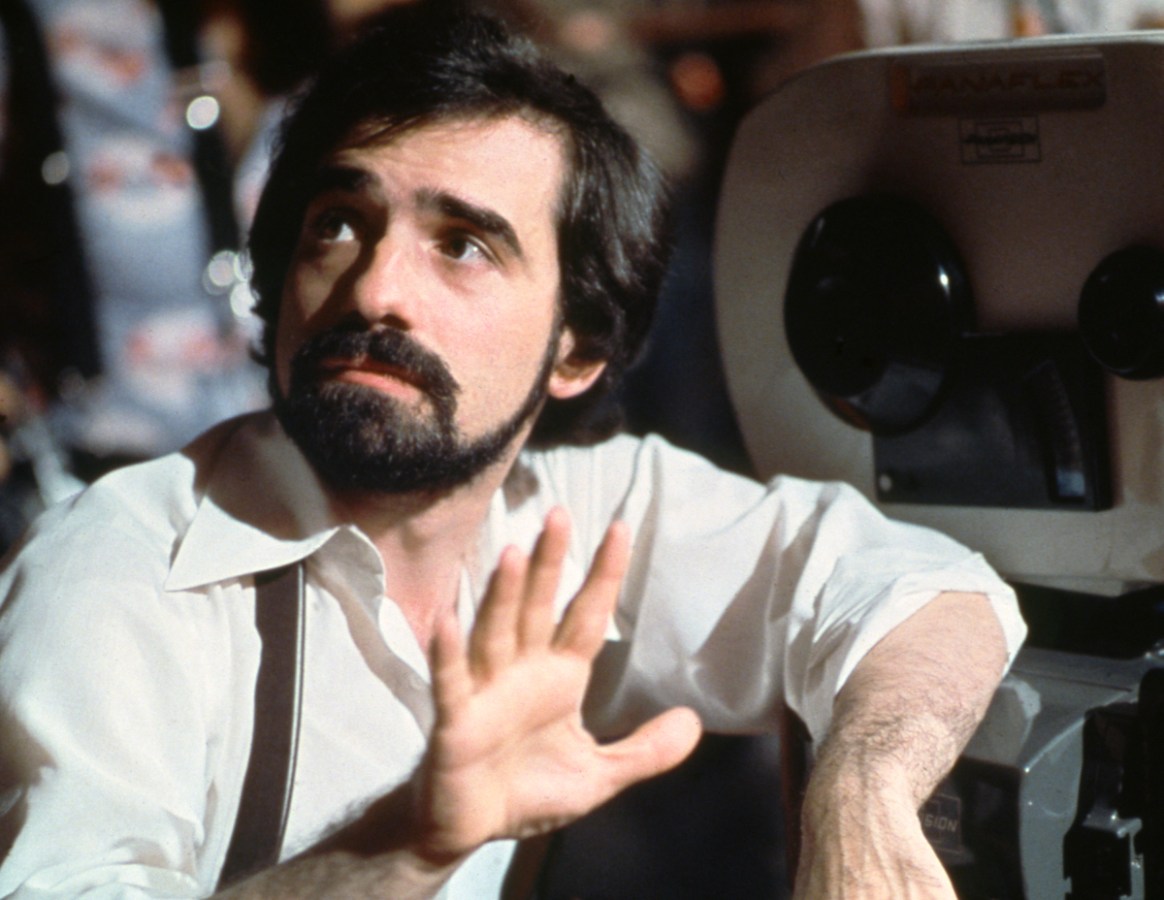
Photo by Silver Screen Collection / Getty Images
My relationship to the films of Martin Scorsese was shaped by my youth. When The Aviator — his rousing Howard Hughs biopic — came out in 2004, I wasn’t allowed to watch R-rated movies. But the film nerd in me already understood Scorsese’s place in the canon and wanted to watch more. Barred from his most famous works, I turned instead to films like Alice Doesn’t Live Here Anymore, The King of Comedy, Kundun, and his documentaries on music and film history.
Scorsese has a reputation for making a certain kind of film bro movie, but to reduce his filmography to Goodfellas and The Wolf of Wall Street is to ignore his spirituality, his relationship to masculinity, and his love for the medium he’s mastered. (It also does a disservice to his intentions with those films that are often misunderstood.)
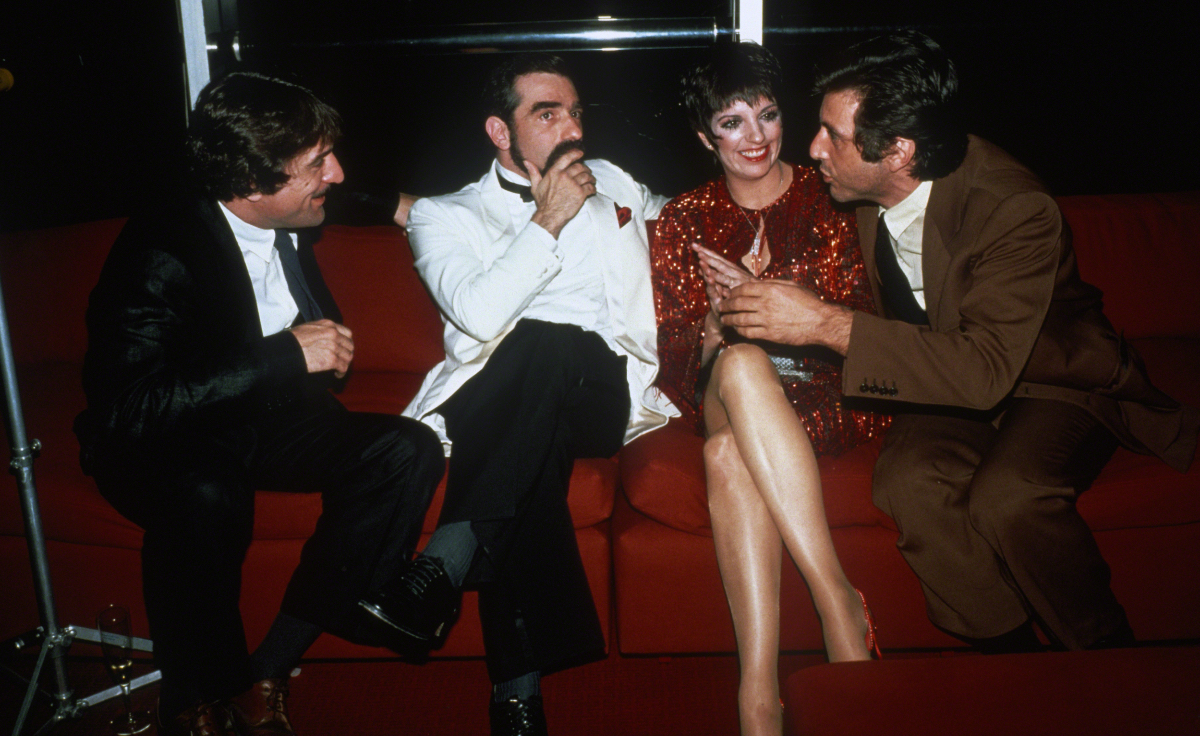
Photo by Sonia Moskowitz/IMAGES / Getty Images
So who is Martin Scorsese? Let’s dive in.
Born in New York in 1942 to an Italian immigrant family, Scorsese grew up with the movies. Asthma prevented him from playing sports or doing other outside activities so his parents brought him to the cinema.
As a child in Little Italy, Scorsese witnessed organized crime, but it was always as an outsider. I relate to his interest in violence and hyper-masculinity, because unlike some of the people he influenced, it feels born from a place of questioning and critique.
He went to film school at NYU’s Tisch School of the Arts where he began making short films and in 1967 he directed his first feature Who’s That Knocking at My Door starring Harvey Keitel and set in his Italian American community. He followed this up with the pulpy Roger Corman-produced Boxcar Bertha but was advised by fellow film legend John Cassavetes to turn his attention back to more personal work. This is how his first masterpiece, Mean Streets, was born.
So let’s say you’re new to Scorsese. Maybe you’ve seen The Departed or The Wolf of Wall Street or even Goodfellas, but now you’re wondering what you should watch next. I have a few options for you!
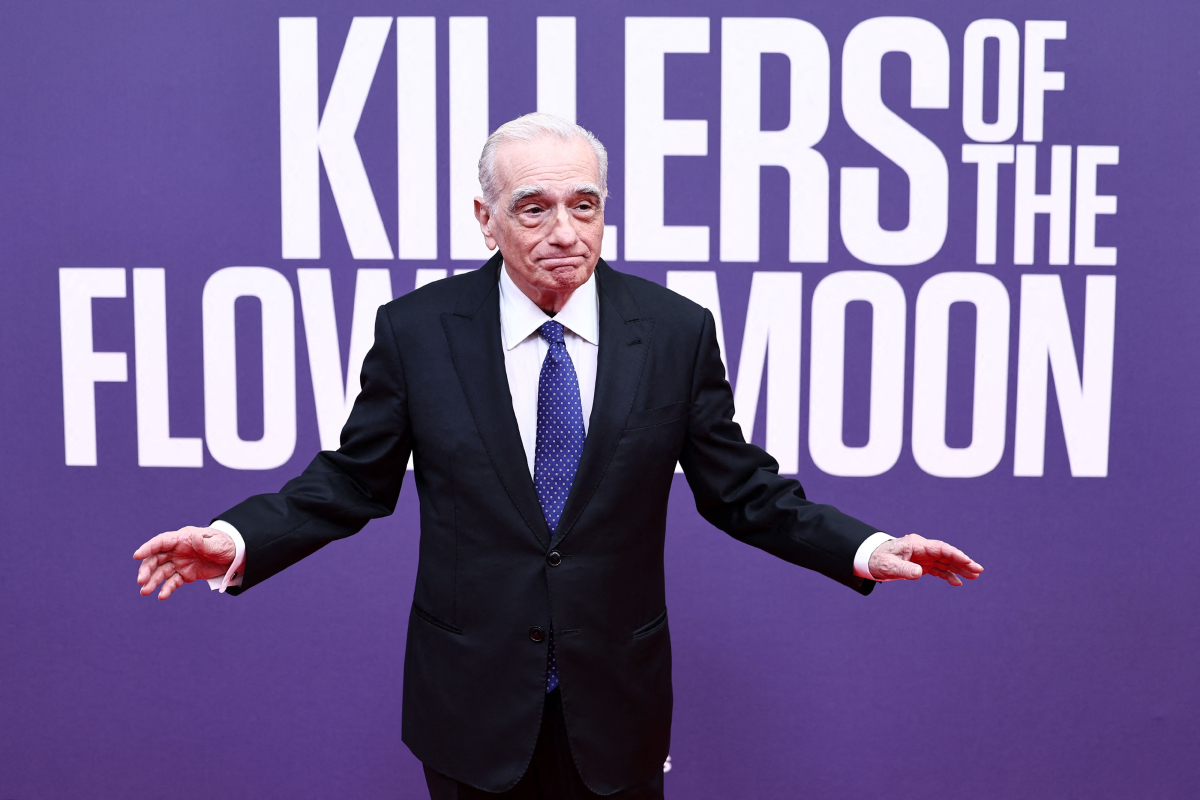
Photo by HENRY NICHOLLS/AFP via Getty Images
Mean Streets (1973)
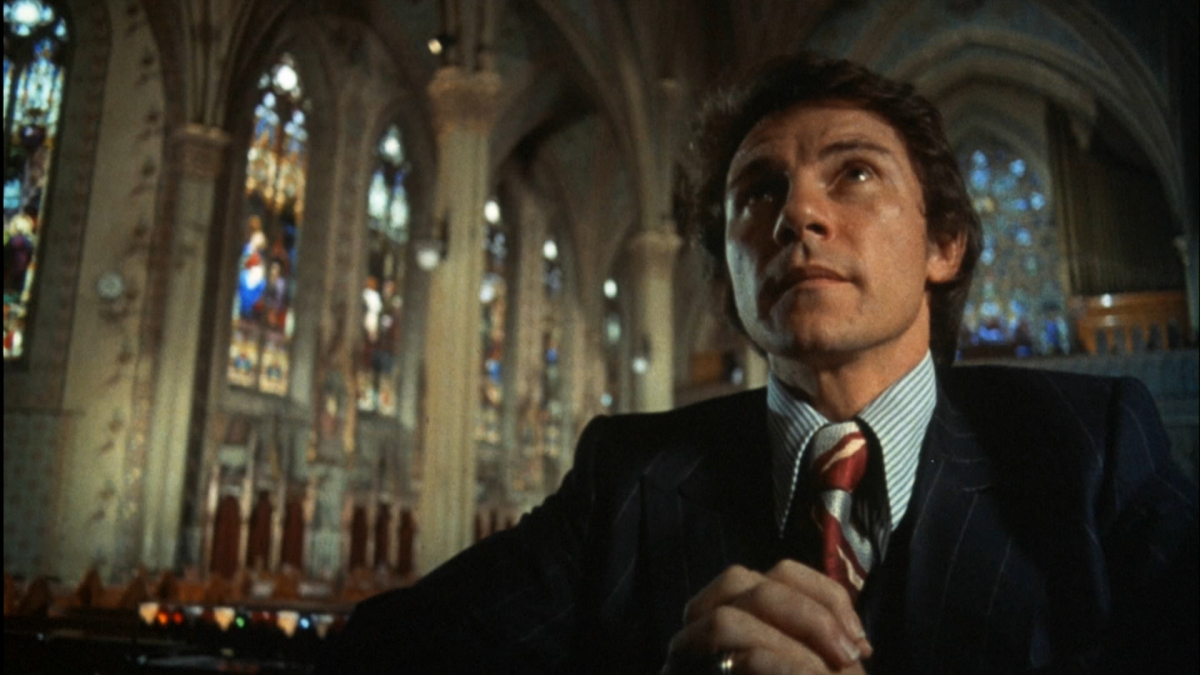
It never hurts to start from the beginning! This is a great introduction to Scorsese because it takes place where he grew up and involves many of his recurring themes such as guilt, Catholic spirituality, chosen brotherhood, and masculine violence. It has the urgency of a young filmmaker with the skills he’s continued to sharpen throughout his career.
The Age of Innocence (1993)
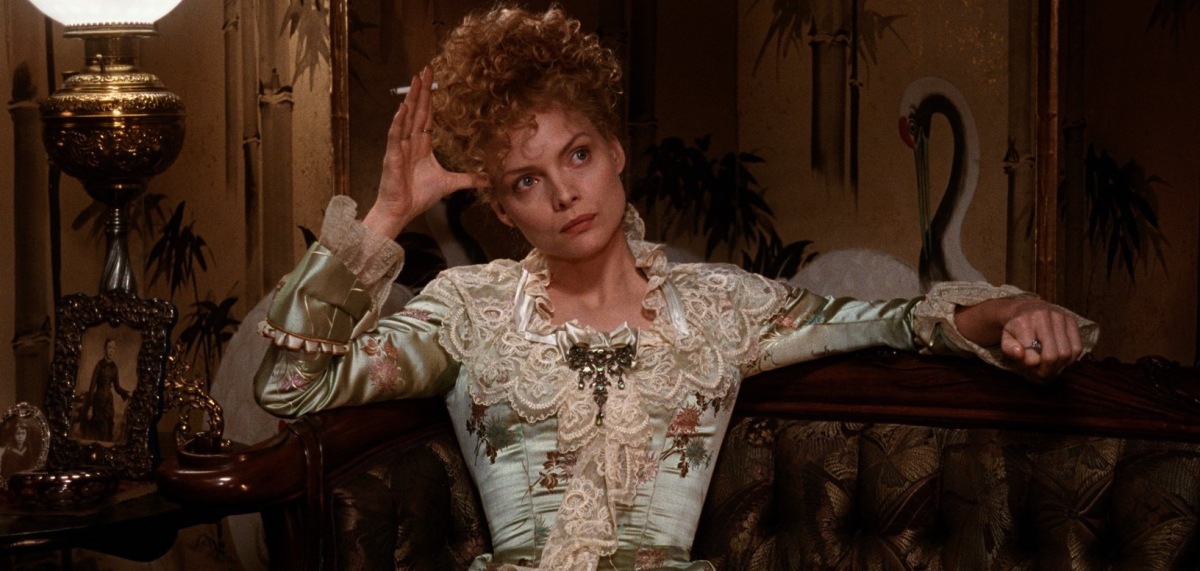
I know the queers reading this love some period piece romantic angst. So if you’re not one for blood, start with this very different New York movie. Based on Edith Wharton’s seminal novel and starring the very hot trio of Michelle Pfieffer, Daniel Day Lewis, and Winona Ryder, this is a beautifully crafted work of quiet pain. Scorsese once said this was his most violent film but he was just talking about the violence of two hot people not being able to fuck because of society!!
Bringing Out the Dead (1999)
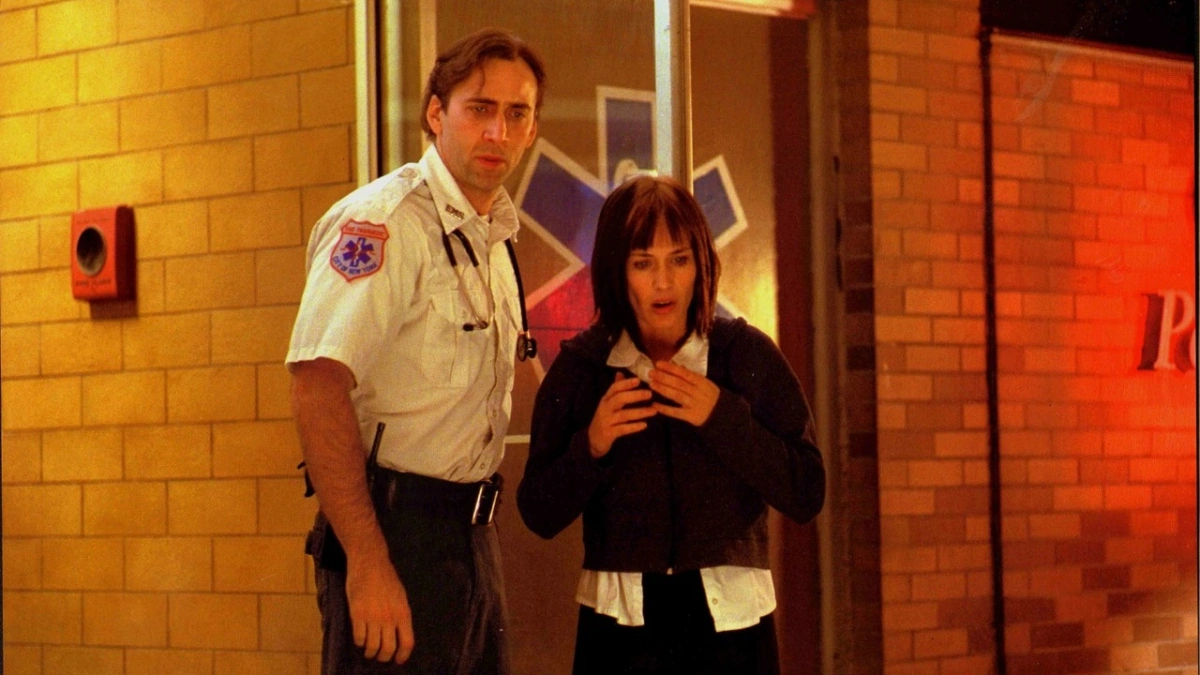
It’s hard to argue with classics like Taxi Driver and Raging Bull, but this later collaboration with screenwriter Paul Schrader is my personal favorite of Scorsese’s work. It’s a grimy New York tale that also happens to have undeniable heart. Nicolas Cage plays a paramedic desperate to save a life after many brutal calls. It’s at once a critique of American healthcare and a very spiritual story about sacrifice. Also Queen Latifah has a cameo as the voice of the paramedic operator!
Hugo (2011)
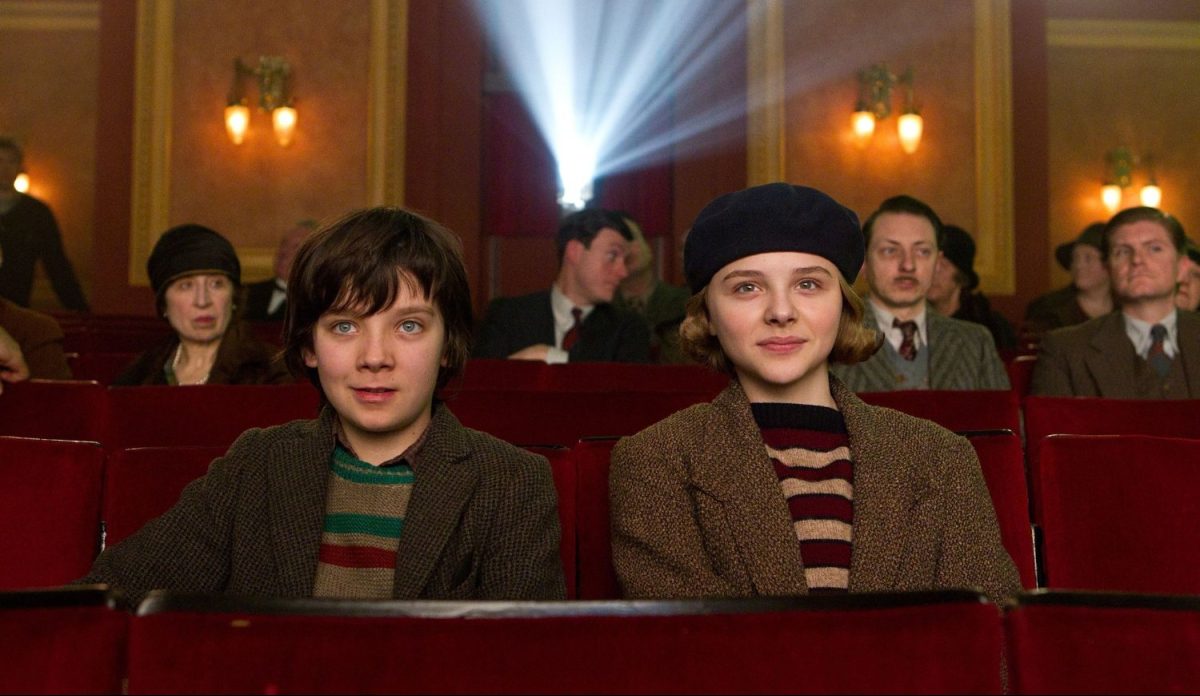
Yes, the 3D train movie starring Asa Butterfield and Chloë Grace Moretz! It may be a majestic kids movie with all-ages jokes and a sense of adventure. It’s also a beautiful tribute to silent film legend Georges Méliès and the work of film preservation. Scorsese is as important a film scholar and preservationist as he is a filmmaker. Through his work with the Film Foundation and the World Cinema Project, he is responsible for restoring and releasing so much great cinema from around the world. Even if you don’t like his films — weird but okay — you should still check out films such as The Red Shoes, Insiang, Black Girl, Sambizanga, and Touki Bouki.
Two more bonus watches:
A Personal Journey with Martin Scorsese Through American Movies (1995) and My Voyage to Italy (1999)
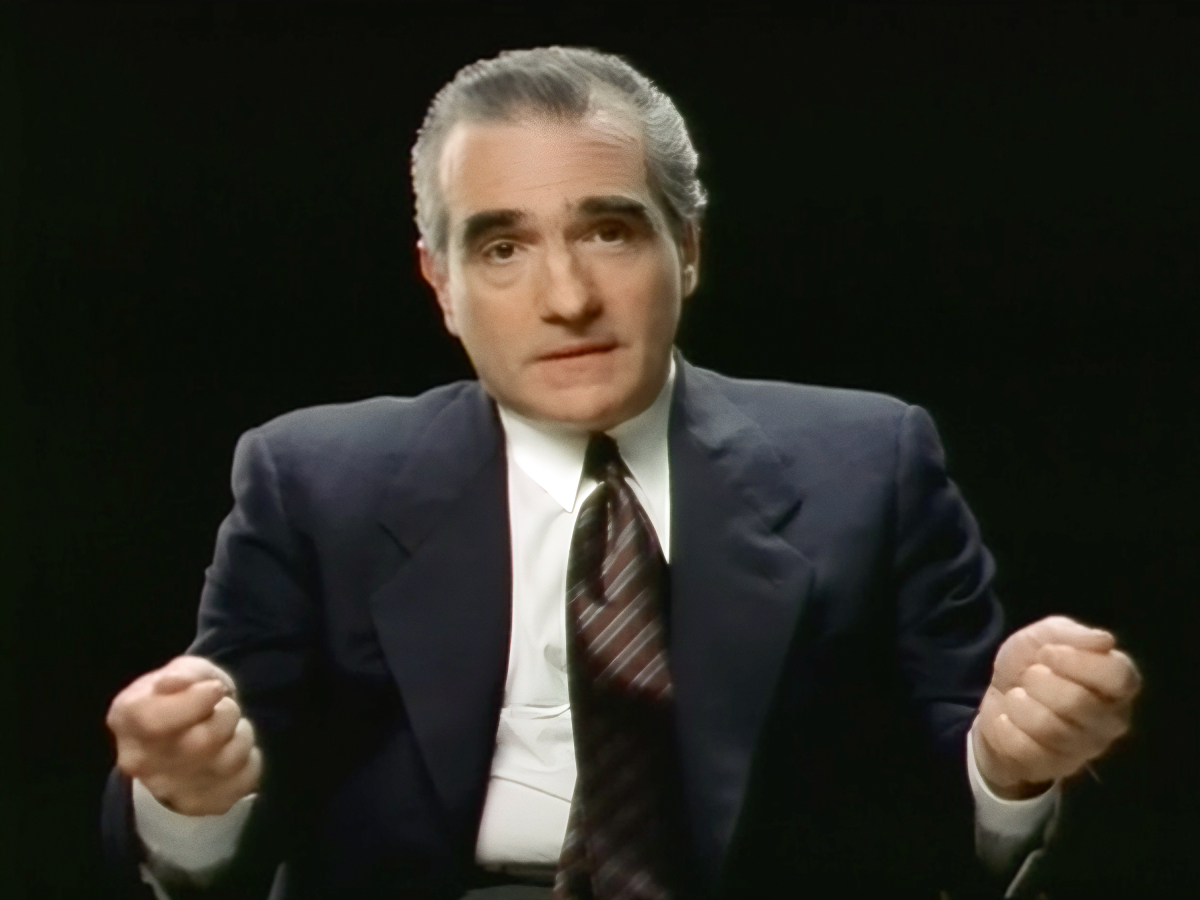
These are his gargantuan film documentaries where he talks about the American and Italian work that shaped him as a person and an artist. It’s not just a great film history class, but a personal film history class. Scorsese understands that the films he’s connected to and his perspective on those films is only a fraction of the film history that exists. And yet there are few people I enjoy listening talk about film as much as him. Before I followed in his footsteps and studied at Tisch, these documentaries were my film school. They taught me so much about the craft and changed my life forever.
I don’t love Scorsese’s work despite being a queer trans woman. I love Scorsese’s work because I’m a queer trans woman. As a teenager, his complex examinations of masculinity resonated deep in my soul. We both wanted to understand why men like his most violent protagonists moved with such anger.
It’s been powerful to watch his portraits of violence expand beyond the individual. Decades of viewing — and restoring — films from all over the world have impacted his questions of masculinity and harm. Killers of the Flower Moon is a staggering achievement that is also wise enough to question its own existence. Scorsese knows his limits. He also knows his power.
At 80 years old, Scorsese is one of our greatest living artists. It doesn’t matter if you’re a film bro or a trans lesbian (or both!), his work invites you to connect, to question, to stay curious about the world of film and the world beyond.
Go see Killers of the Flower Moon in theatres! It really demands the big screen and your undivided attention!



I love this piece i love if this will be a column and and i am desperate to see Killers of the Flowrr Moon! Trapped without transport in small town Ohio for a birthday but the second i’m outta here…
Loved this, Drew!
I have two film bro friends (a bisexual and her husband) who live walking distance from me and we often watch movies together on their projector. They’ve introduced me to a lot of great films. About a month ago we watched Alice Doesn’t Live Here Anymore and I loved it! I’m really looking forward to seeing Killers of the Flower Moon. (And just added Age of Innocence to my letterboxd watchlist!)
I would love this to be a recurring column – I’d like to get more into movies but have no idea where to start.
It will be! :)
Casino is up there as one of my favorite Scorsese films. Somehow, I missed Bringing out the Dead & will have to find that on streaming to watch. Thank you.
Not a film thing but feels relevant: about 5 years ago, I instituted a rule for myself that for every book I read by a cis white male author, I read at least 2 by someone who isn’t a cis white male. It allows me to enjoy the work of some amazing cis white male authors while moving beyond the perspectives of cis white males alone.
I think perhaps it might behoove me to introduce this rule into my movie watching in some way… because there are directors like Scorsese *and* Dee Rees and Desiree Akhavan (etc.) out there!
There’s no denying the filmography is brilliant. I’m just frustrated that he goes about trashing other genres that he deems unworthy. You don’t have to like Marvel but as with everything, people just prefer to try to tear each other down instead of acknowledging success and be supportive.
And that’s why I don’t like the man but I will watch his films because unlike him, I’m not narrow-minded.
Not watching a white washed version of the killing of my kin. Your perspective of the movie seems very white. Which isn’t surprising as much as it’s disappointing